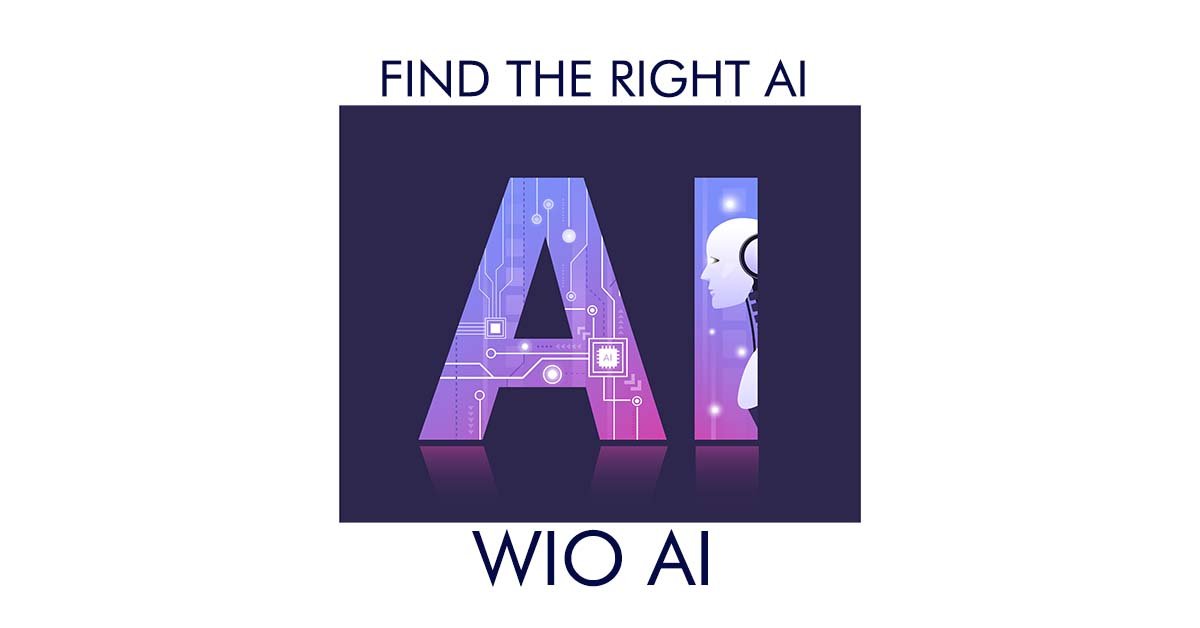AI Tools List: 500+ Latest Awesome AI Tools
3D Model Generators AI
Luma AI, Kaedim, Texturelab, Sloyd, Poly, etc.
AI Art Generators
Gencraft AI, Midjourney AI, Nightcafe, etc.
AI for SEO
copy.ai, SERanking, Writesonic, etc.
AI Code Generators
CodePal, Replit, Code WP, mysheetAI, etc.
AI Content Writers
vidIQ, copymatic, Rytr, Zyro, etc.
AI Essay Generators
TutorBin, Genius, EssayBot, etc.
AI Flowchart Makers
SmartDraw, Flowcharts.AI, Code2Flow, etc.
AI Interior Designers
InteriorAI, roomGPT, AI Room Planner, etc.
AI Recipe Generators
myaichef.com, dishgen, chefGPT, etc.
AI Video Generators
Gencraft AI, HeyGen, SteveAI, etc.
AI Logo Makers
Tailor Brands, designhill, logoAI, etc.
AI Music Generators
Soundraw, soundful, ecrett music, etc.
AI Presentation Makers
Tome, Slidemake.com, SlidesGPT, etc.
AI Social Media Posting
Picsart, anyword, scalenut, etc.
AI to Ask Anything
ChatGPT, Perplexity, Google Bard, etc.
Architectural Assistants AI
Getfloorplan, Sidewalk Labs, DigitalBlueFoam, etc.
AI Workout Generators
StrongrFastr, Workout Generator, FitnessAI, etc.
AI for Lesson Planning
lessonplans.ai, Learnt.AI, etc.
AI Resume Builders
Rezi, resume.ai, teal, etc.
AI Video Editors
Pictory, AIVO, Clipchamp, etc.
AI Notes Makers
QuillBot, wordtune, anyword, etc.
AI Photo Editors
Picwash, befunky, lunapic, etc.
AI Research Assistants
Elicit, writefull, Paperpal, etc.
AI to Write Anything
Writesonic, Rytr, Simplified, etc.
AI Games
Dungeon AI, Ludo AI, Quick, Draw, etc.
AI Website Builders
copycat.dev, anima, fronty, etc.
AI Job Search
sonara, applyish, jobs-scout.com, etc.
AI Trip Planners
wonderplan, plantrip.io, A.I.adventures, etc.
AI for UI/UX Design
uizard, dribbble, visily, etc.
AI for Dating
OurbabyAI.com, flirtai.app, lovegenius, etc.
AI Avatar Generators
dawn.ai, dyvo.ai, VANCEAI, etc.
500+ Best AI Tools
Artificial Intelligence (AI) has made significant strides in recent times and has become a trending topic within the technology sector.
Numerous press releases have highlighted the potential of AI applications to automate tasks, save time, and enhance efficiency, positioning them as valuable assets and platforms for individuals and businesses alike.
As AI continues to advance, there has been a surge in the development of AI applications or tools aimed at simplifying business operations. The idea behind these AI tools is to automate repetitive tasks, optimize workflows, and streamline various business processes.
In this article, we have categorized top AI tools and you can explore how they can give you and your business a powerful boost.
What are AI Tools?
AI tools refer to software applications or platforms that utilize artificial intelligence techniques to perform specific tasks or solve particular problems. These tools leverage AI algorithms, machine learning, natural language processing, computer vision, and other AI-related technologies to process data, learn from patterns, and make intelligent decisions.
These AI applications can be applied across various domains and industries, and they offer a wide range of functionalities and capabilities. Some common types of AI tools include SEO AI tools, Content Writer AI, Resume Builder AI tools, Website Builder AI and much more.
Some very well known examples are: CodeDesign.ai for Website Builder AI, MarketMuse for SEO AI and Content AI, etc.
These are just a few examples of the many AI applications available. The field of AI is continually evolving, and new tools and technologies are being developed to address a wide range of challenges and opportunities in various industries.
Current Scenario of AI Tools
In conclusion, there is a diverse array of tools available, catering to various purposes and offered in both free and paid versions. By exploring different categories, you can discover the ideal tool to suit your business requirements.
Selecting the right tool depends on your specific needs, and many of them offer free trial options, enabling you to experiment with multiple options before settling on the most suitable AI tool.
Using an AI tool effectively involves several key steps and considerations to ensure you get the most out of it. Whether you’re using an AI for work, learning, or personal tasks, these guidelines can help you navigate the process:
Understand the Tool’s Purpose and Capabilities: Before using an AI tool, it’s important to have a clear understanding of what it is designed to do and what tasks it can assist you with. Not all AI tools are the same, and knowing its strengths and limitations will help you set appropriate expectations.
Choose the Right Tool: Select an AI tool that aligns with your needs. There are various tools available for different purposes, such as language translation, image recognition, data analysis, and more. Make sure the tool you choose is well-suited to the task at hand.
Learn How to Interact: Familiarize yourself with the user interface and interaction methods of the AI tool. This might involve using a web-based platform, installing software, or integrating an API into your applications. Many AI tools provide documentation and tutorials to help you get started.
Data Preparation: If the AI tool requires input data, make sure it’s prepared correctly. Clean, organized, and relevant data will improve the accuracy and usefulness of the AI’s outputs. Follow any guidelines provided by the tool’s documentation for data formatting and quality.
Experiment and Iterate: When you start using the AI tool, consider experimenting with different parameters or settings to see how they affect the results. AI tools often have adjustable parameters that can impact the outcomes. Iterative testing can help you fine-tune the results to better meet your needs.
Evaluate Results: Regularly assess the accuracy and quality of the AI tool’s outputs. This is especially important when using AI for critical tasks, as the technology may not always be perfect. If the results are not meeting your expectations, consider adjusting inputs or trying alternative approaches.
Continuous Learning: AI technology is constantly evolving. Stay updated on advancements in the field and any updates or improvements to the tool you’re using. This will ensure that you’re leveraging the latest capabilities and enhancements.
Privacy and Security: Be mindful of the data you’re providing to the AI tool. If the tool requires sensitive information, ensure that it follows proper security protocols. Additionally, understand how your data will be used and stored by the tool provider.
Ethical Use: Use AI tools ethically and responsibly. Avoid using AI to engage in malicious activities, generate fake content, or violate any laws or regulations. Consider the potential societal impacts of the tool’s outputs.
Feedback and Reporting: If the AI tool is provided by a reputable company or organization, provide feedback on your experiences. This can contribute to the tool’s improvement and help the developers understand user needs better.
Remember that using AI tools effectively may involve a learning curve, especially if you’re new to the technology. Take your time to learn and experiment, and don’t hesitate to seek help from the tool’s support resources or online communities if you encounter challenges.

